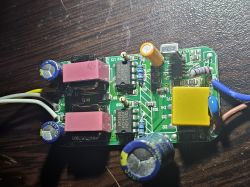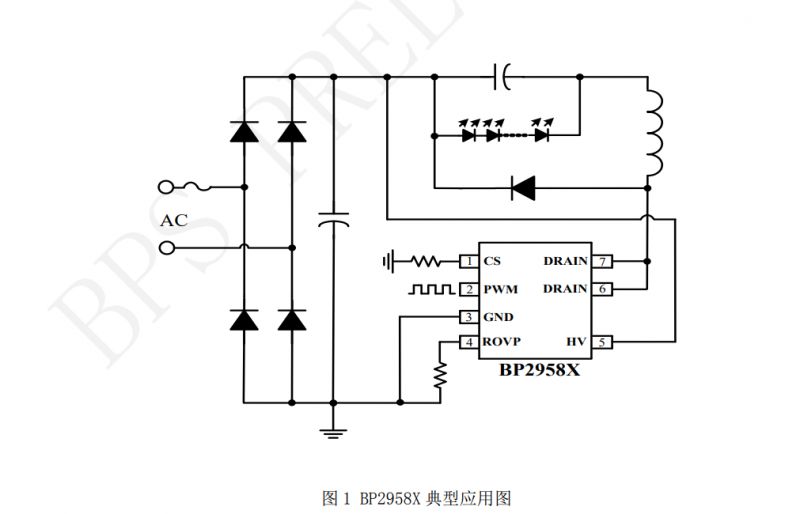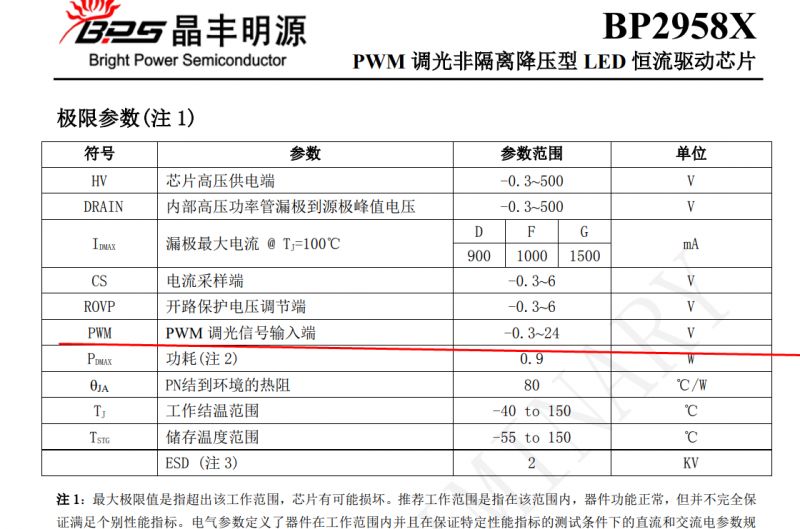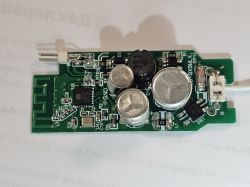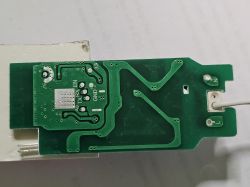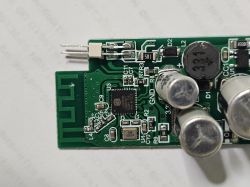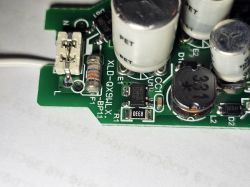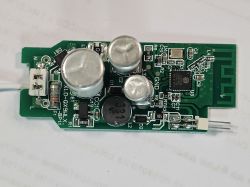I have bought some Aliexpress bulbs KA061B3-istb based on LN882H.
Here is link:
https://www.aliexpress.com/item/1005007195901....order_list.order_list_main.52.6cd81802ivIuiG
Here are pictures

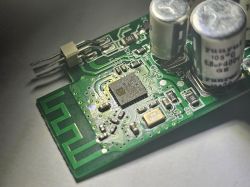
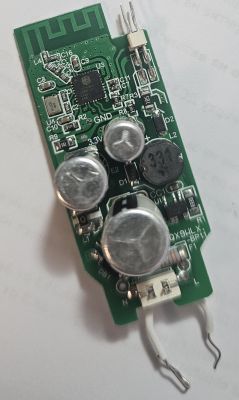

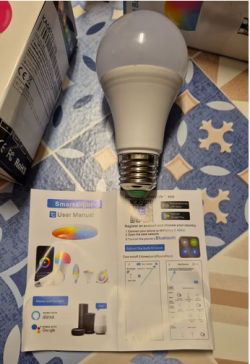
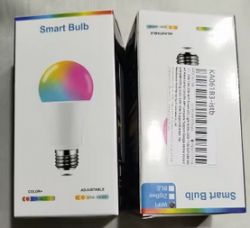

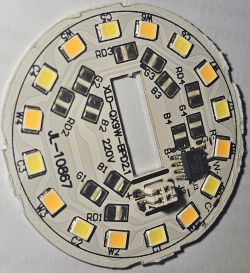 :
:
After many re-solders /unstable 3.3V supply I believe/ I managed to flash them with this tool: https://www.elektroda.com/rtvforum/topic4045532.html
I did some dumps following this guide, but they were partial and could not successfully flash: https://www.elektroda.com/rtvforum/topic4028087.html
Now I am here:

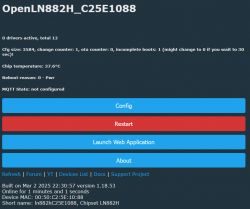
Here ARE connections:
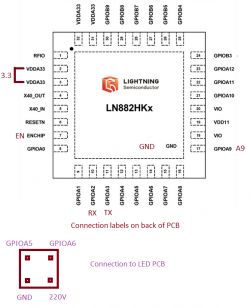
If you need any dumps or tests - I now have stable 3.3V supply and 4 more bulbs.
My intention for these ones is to use them with another driver not the original I2C BP5758, instead I want both PINS used for I2C to do PWM for Cold and warm white.
Keeping that in mind if I can keep few lamps as-is with BP5758 - that be great.
I have never used anything other than stock apps, however I hate having more and more APPS, so any advice on how to proceed from here is welcomed /I have no idea/.
I have Libvirt based KVM and Raspberry at home - so Please, let me know what to install and how to configure
Please note I am good with Analog Electronics and Linux/Windows, however my programming skills are NONE.
AI: Could you provide more details about the current firmware or tool you used for flashing the bulbs? This will help in understanding compatibility issues.
GUI flash tool for LN882H version 3.0.1 /https://www.elektroda.com/rtvforum/download.php?id=1205991/
AI: Can you describe your current setup or configuration of the bulbs and any specific errors you encountered during the process?
I only had issues with stable 3.3V supply
Here is link:
https://www.aliexpress.com/item/1005007195901....order_list.order_list_main.52.6cd81802ivIuiG
Here are pictures







 :
:After many re-solders /unstable 3.3V supply I believe/ I managed to flash them with this tool: https://www.elektroda.com/rtvforum/topic4045532.html
I did some dumps following this guide, but they were partial and could not successfully flash: https://www.elektroda.com/rtvforum/topic4028087.html
Now I am here:


Here ARE connections:

If you need any dumps or tests - I now have stable 3.3V supply and 4 more bulbs.
My intention for these ones is to use them with another driver not the original I2C BP5758, instead I want both PINS used for I2C to do PWM for Cold and warm white.
Keeping that in mind if I can keep few lamps as-is with BP5758 - that be great.
I have never used anything other than stock apps, however I hate having more and more APPS, so any advice on how to proceed from here is welcomed /I have no idea/.
I have Libvirt based KVM and Raspberry at home - so Please, let me know what to install and how to configure
Please note I am good with Analog Electronics and Linux/Windows, however my programming skills are NONE.
AI: Could you provide more details about the current firmware or tool you used for flashing the bulbs? This will help in understanding compatibility issues.
GUI flash tool for LN882H version 3.0.1 /https://www.elektroda.com/rtvforum/download.php?id=1205991/
AI: Can you describe your current setup or configuration of the bulbs and any specific errors you encountered during the process?
I only had issues with stable 3.3V supply






